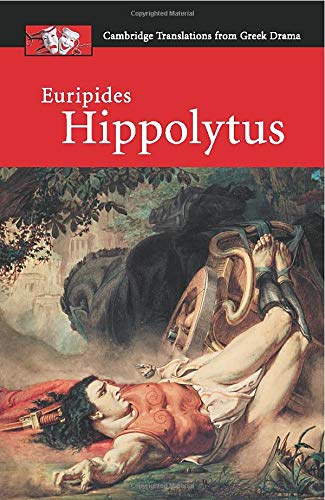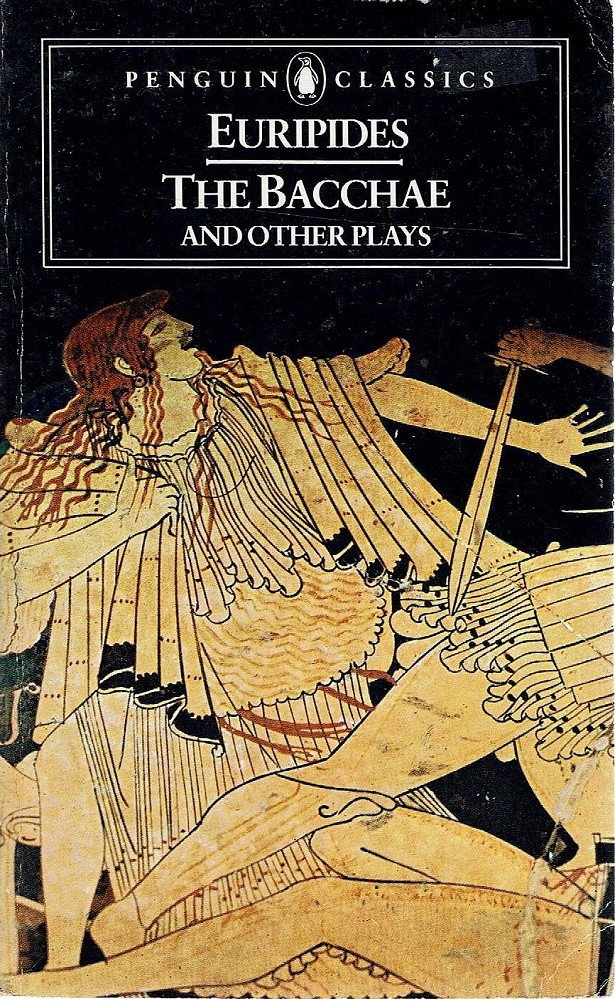

Woodruff’s translation aims at all three, 1 though his highest priority is to support careful study. Translations differ, of course, according to whether they aim at a literal rendering, for careful study of the text and the thought of the playwright, a dramaturgic rendering, for the practice and study of performance, or a poetic rendering, for the crafting of verses intended to approach the beauty of the original, free from the constraints of the text’s most literal meaning. I offer my own assessment of the lot at the beginning of ‘Part 3’. In addition to a short description and assessment of each edition, the annotated list also reproduces lines 1-5 and 877-881 so that readers can compare something from them according to their own preferences. It attempts only to describe each recipe briefly and to give a spoonful of each dish in the unusually diverse potluck of available translations. Indeed, in no way does this review aim to conduct an exhaustive comparison.

In comparing lines from Woodruff’s translation to those of a rival, I do not intend to suggest that the two versions will compare throughout as they do for the particular lines under consideration. Throughout this review, editions from the annotated list are referred to by asterisk plus translator’s name, e.g., *Arrowsmith. In ‘Part 3’ of this review, I have compiled an annotated list of 22 other translations of the play, including 15 published in the past decade and some older editions still in print. To situate Woodruff in this glutted market, I will discuss his new edition-his translation in ‘Part 1’ of this review, his introduction and supporting material in ‘Part 2’-with some reference to rival editions. Woodruff’s new edition brings the number of available and soon forthcoming English translations of the Bacchae to about two dozen.


 0 kommentar(er)
0 kommentar(er)
